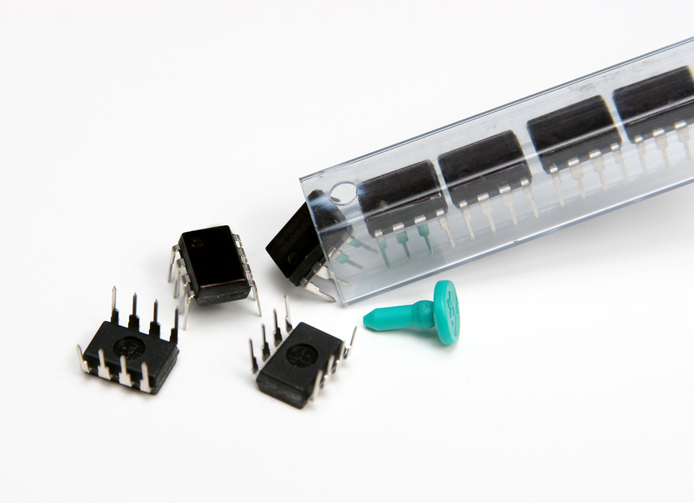Surface Charge-Assisted Printing of Atomically Layered Materials and Functional Devices
TECHNOLOGY NUMBER: 5716

OVERVIEW
Surface charge-assisted nanomanufacturing for highly uniform MoS2 patterns
- Increases yield and uniformity of MoS2 nanostructures, optimizing transfer quality
- Transparent MoS2-based TFTs, LEDs, photovoltaic devices, and sensors
BACKGROUND
Molybdenum disulfide (MoS2) has emerged as a promising material in various applications due to its excellent electronic, optical, and mechanical properties. Historically, methods such as mechanical exfoliation and chemical vapor deposition have been employed to synthesize MoS2, which, though effective, often result in non-uniformity and scalability issues. Traditional methods struggle with producing highly controlled and uniform nanostructures across large areas, limiting the material's practical applications in electronics and optoelectronics. Moreover, achieving consistent monolayer and few-layer MoS2 configurations is challenging, which hampers the performance of devices relying on these specific structures. Therefore, there exists a need for advanced nanomanufacturing techniques that can efficiently create uniform MoS2 nanostructures and lend themselves to integration into various substrates and functional devices.
INNOVATION
Researchers at the University of Michigan have developed a plasma-assisted printing process, enhanced by surface charge-induced fringe effects, allowing the production of dense, uniform MoS2 nanostructures. Utilizing nanoimprint lithography and directed self-assembly of block copolymers (BCPs), this approach enables precise prepatterning of bulk MoS2 templates. Additionally, the introduction of uniform surface charges with controllable polarities over dielectric substrates ensures high-yield transfer and uniformity of printed MoS2 flakes. Core innovations include the production of transparent MoS2-based thin-film transistors (TFTs) and LEDs, and the formulation of PN junctions in MoS2 structures, unlocking potential applications in CMOS ICs, photodetectors, and photovoltaic devices. This method improves scalability and overcomes traditional issues associated with non-flat MoS2 films, paving the way for advanced optoelectronic and electronic applications, including next-gen displays, sensors, and high-efficiency solar cells.
ADDITIONAL INFORMATION
US9373742 "Plasma-assisted techniques for fabricating semiconductor devices"